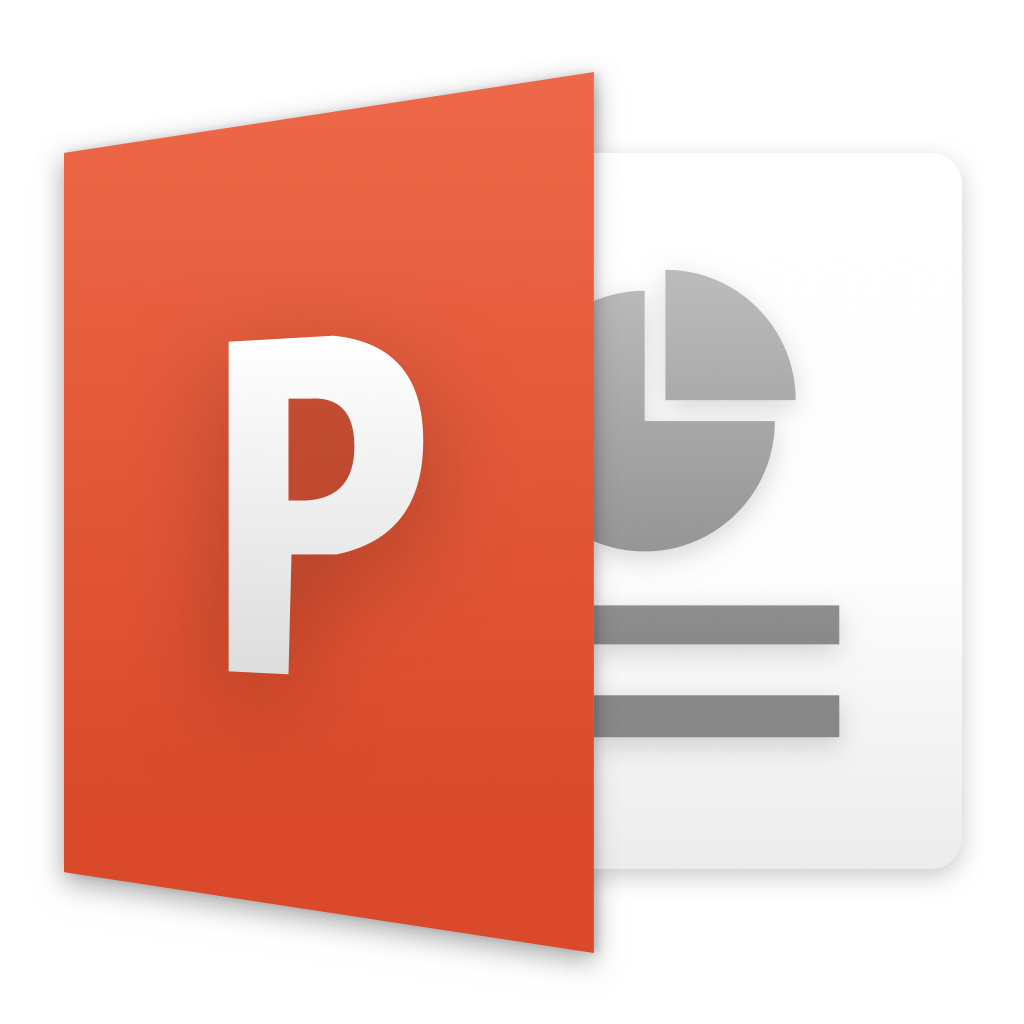Radio Astronomy in Birr
Overview
The focus of this lesson and activity is to give students an introduction to the world of radio astronomy and specifically in an Irish context. It gives an opportunity to understand the electromagnetic spectrum, radio frequency interference and the process in which radio frequencies can be studied. This is done through an investigation of I-LOFAR and how it connects to the larger International LOFAR Telescope network.
Background information
Radio astronomy is the observation of radio frequencies from space in order to understand different celestial bodies and phenomena. Radio waves are a type of light, or electromagnetic radiation that make up a portion of the electromagnetic spectrum. Other types of radiation you may have heard of include infra-red, ultraviolet and x-rays as well as visible light. By collecting all different forms of radiation we can reveal things that could not be seen in visible light and gain a clearer understanding of outer space.

An output of the I-LOFAR telescope from August 5th 2020
Radio frequency interference (RFI) is very important to consider in radio astronomy. Like light pollution can hinder looking at the stars, RFI can hinder collecting radio frequencies. Not only is it necessary to avoid areas with a lot of interference from radio stations but also lots of electrical equipment and devices can give off RFI. There are maps to look at where the least RFI occurs and this is why Birr was chosen for the I-LOFAR radio telescope.
Not only was Birr chosen because of its low RFI, the area also contains history of Ireland’s past astronomy accomplishments such as the Leviathan Telescope which we cover in our ‘Telescopes through the Ages’ lesson. I-LOFAR also offers the opportunity of STEM to the midlands that are underserved by 3rd level institutions and tends to have less uptake in those areas of study.

I-LOFAR’s low band antennae (LBA) underneath the Milky Way
The radio telescope itself is not what you might imagine a typical telescope or radio dish to look like. It is made up of two types of antennae observing frequencies above and below regular FM radio, high band and low band antennas. These antennae can be focused on particular areas of the sky using interferometry as delays between antennae show where a signal is coming from. Radio waves can be collected all day, everyday giving us a lot of data to sort through. You can see some of the collected data here. The data is used by scientists to explore many different topics such as solar weather and the first light in the Universe.
Downloadable Resources

